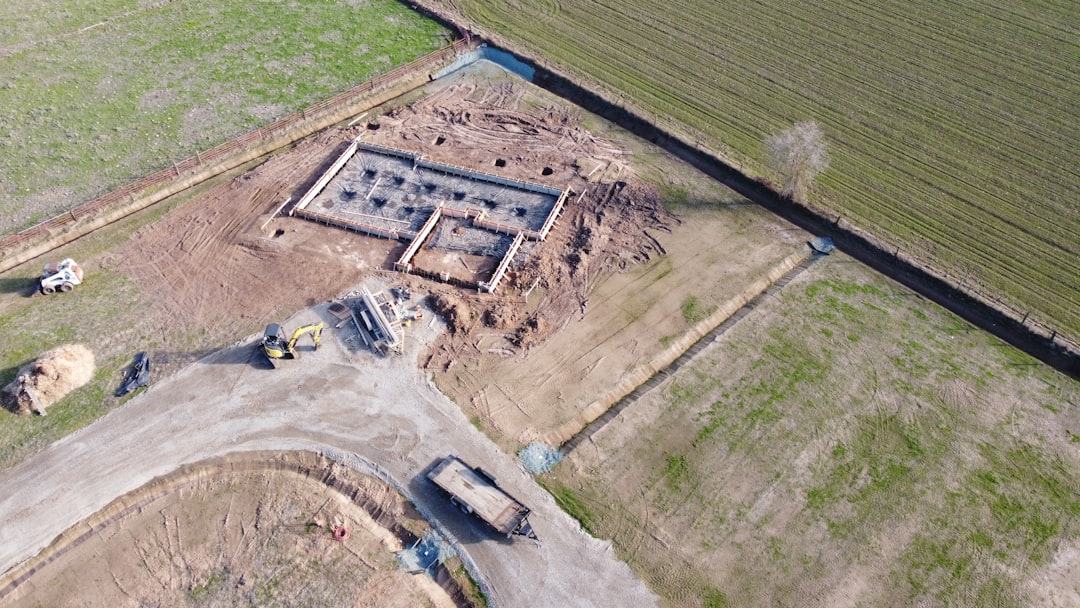What is it about?
Concrete safety barriers used by the Quebec Ministry of Transportation (QMT) to delineate construction zones of traffic areas have an approximate service life of about 3–4 years. Utilization of fiber reinforced concrete (FRC) in barrier represents an economical alternative to delay crack initiation and propagation due to low velocity impacts occurring during their handling procedure. The objectives of this research project were to evaluate the impact of synthetic and steel fiber contents ranging from 0 to 1%-vol. on results of flexural and shear tests conducted under quasi-static and pseudo-dynamic conditions to select the appropriate FRC for the safety barrier. Adding steel fiber content from 0 to 1%-vol. to the reference concrete matrix increased the maximal quasi-static flexural (MOR) and shear (τmax) strengths up to 107% and 229%, respectively. Adding synthetic fiber content from 0 to 1%-vol. provided unsystematic trends, either a decrease of quasi-static MOR of 20% and an increase of τmax of 27%. Besides, higher loading rate improved the MOR values by around 20–35% for all concretes considered (without fiber, with steel fibers and with synthetic fibers), τmax was further increased up to 50–150%.
Featured Image

Photo by Bart Anestin on Unsplash
Why is it important?
Temporary concrete safety barriers used by the Quebec Ministry of Transportation (QMT) to delineate construction zones of traffic areas have an approximate service life of about 3–4 years. Replacing the normal strength concrete by a fiber reinforced concrete in the barrier represents an economical alternative to delay crack initiation and propagation due to low velocity impacts occurring during their handling process. The objectives of the first step of this research project were to evaluate the improvement of bending and shear behaviors provided by synthetic and steel fibers under quasi-static and pseudo-dynamics loadings to select an optimal fiber reinforced concrete (FRC) for the safety barrier.
Read the Original
This page is a summary of: Flexural and shear behaviors of steel and synthetic fiber reinforced concretes under quasi-static and pseudo-dynamic loadings, Construction and Building Materials, March 2020, Elsevier,
DOI: 10.1016/j.conbuildmat.2019.117659.
You can read the full text:
Resources
Contributors
The following have contributed to this page










